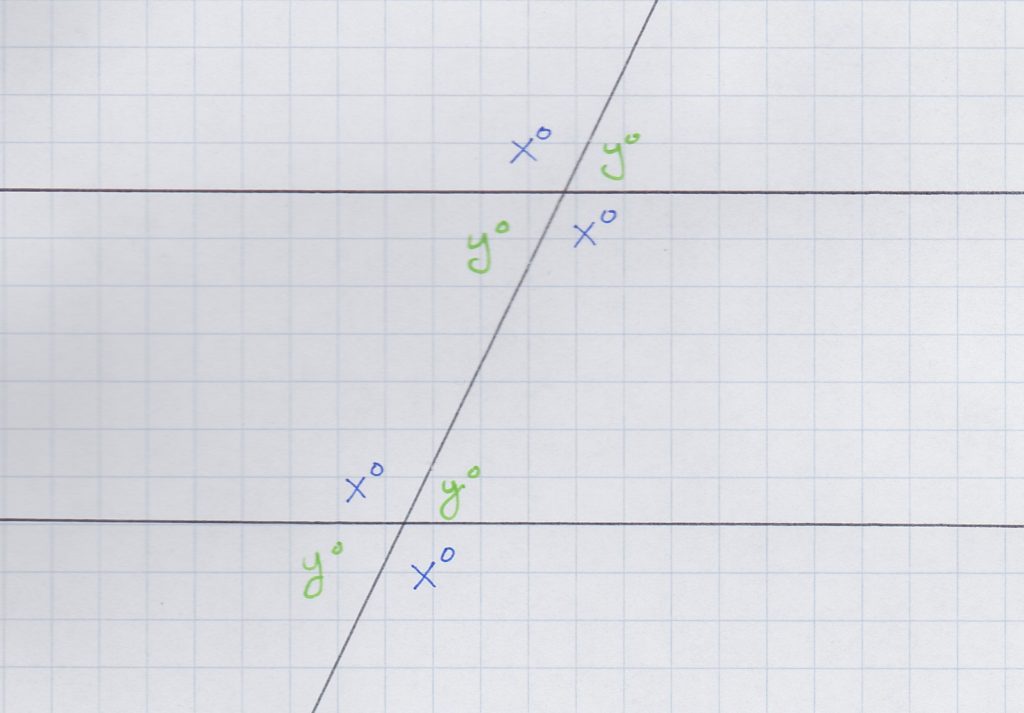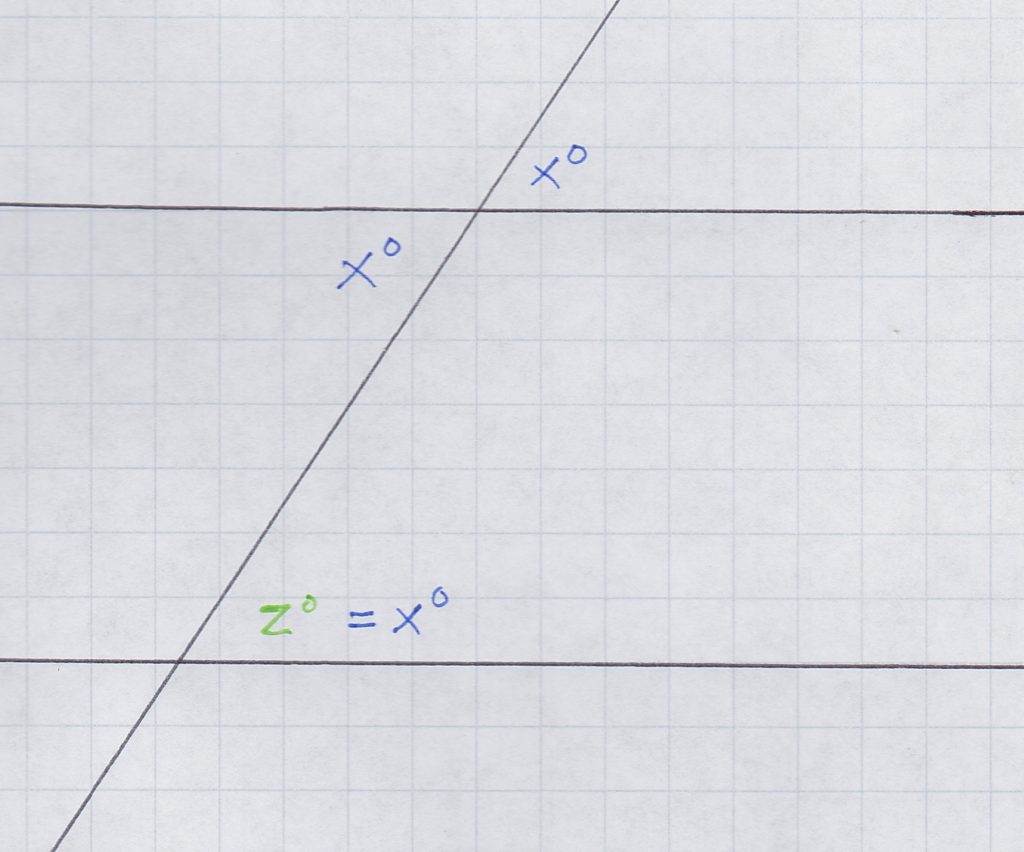This page is part of my unofficial solutions manual to the GRE Paper Practice Book (2e), a free resource available on the ETS website. They publish the questions; I explain the answers. If you haven’t worked through the Practice Book, give Section 5 a shot before reading this!
5.6: Absolute Value
This problem is an excellent candidate for plugging in. It’s also a great opportunity to discuss what to plug in on Quantitative Comparison problems. When a QC problem involves variables, our goal is to figure out which relationships between the two quantities are possible, given the constraints on those variables.
Often, only one relationship is possible:
- If quantity A is always greater, we choose answer A.
- If quantity B is always greater, we choose answer B.
- If the two quantities are always equal, we choose answer C.
Sometimes, however, the relationship varies depending on the numbers we choose:
- If quantity A is sometimes greater, but sometimes quantity B is greater, we choose answer D.
- If quantities A and B are sometimes equal, and sometimes not, we choose answer D.
Plugging in is our way of figuring out whether the relationship between the quantities is fixed (answer A, B, or C) or not (answer D). To do this, we plug in multiple different sets of numbers, solve for the two quantities, and note the relationship that results.
But we don’t just plug in numbers at random. Instead, it helps to try out numbers that have special properties:
- Zero. Multiplying anything by 0 gives a result of 0. Adding 0 to anything leaves the sum unchanged.
- One. Multiplying anything by 1 leaves the product unchanged.
- Negative numbers. These are useful in problems that involve absolute value (like the one on this page!) or exponents.
- Extremely large and small numbers. These are especially helpful in problems involving fractions: when the denominator is small, the fraction is large, and vice versa.
You can think of these four types of numbers as being “in the ZONE,” and in fact, I recommend trying them out in that order. 0 and 1 in particular are such useful plug-ins that the problem will sometimes rule them out preemptively, using phrases like “x is a positive number” or “y > 1″.
Side note: every test prep company seems to have their own magic list of numbers to try. The Princeton Review textbooks, for example, promote a somewhat longer list, which they call the FROZEN numbers. (Their “extra” numbers include Fractions and Repeats.) In my experience, this is overkill, for a couple of reasons. Plugging in fractions makes calculations unnecessarily difficult: “1/2” is much harder to manipulate on the GRE calculator than “0.5”. For “repeats,” as for pairs of different numbers, it makes the most sense to start with 0 and 1, which are already on our list.
Now, back to problem 5.6. We’re told up front that x > y, so we have to pick two different numbers for x and y. Keeping our ZONE list in mind, let’s try setting x = 1, y = 0.
Plug-In Attempt #1
Let x = 1 and y = 0. Then
So in this case, the two quantities are equal. At this point, we’re left with two options:
- Quantities A and B are always equal. (If so, we choose answer C.)
- Quantities A and B are sometimes equal, sometimes not. (If so, we choose D.)
In order to figure out what’s going on, we need more information, which means we need to plug in another set of numbers and see if the A/B relationship changes.
Plug-In Attempt #2
Now, let x = 1 and y = -1. Then
This time, quantity B is greater. This means that depending on the values of x and y, the relationship between quantities A and B can change. The corresponding answer choice is (D), which stands for “Depends on the variables” or “Don’t know.”
We’ll get lots more plug-in practice in subsequent problems.
Math Review Reference
For more on this topic, see the following section of the GRE Math Review:
- 1.5: Real Numbers (p. 8)

